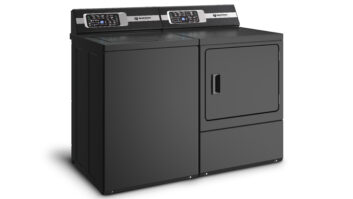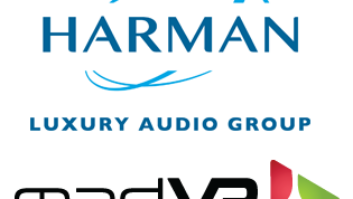3Com’s Palm Computing and Nokia announced they will jointly develop a new class of products that combine a cellular phone with a handheld organizer using both the Palm OS and the Epoch platforms.
The products will be sold under the Nokia brand in the United States within the next two years. The resulting products will better integrate the Palm OS with cellular voice and data, the company said, and will still offer a “high level of compatibility” with current Palm software, according to Mark Bercow, 3Com VP of strategic alliances and platform development.
Nokia is the ninth supplier to license the Palm OS and the second cellular phone licensee. Qualcomm uses the Palm OS in its PDQ Smartphone.
Under the arrangements of the venture, Nokia will contribute the key wireless technologies, including wireless voice communications, compatible with both WAP (Wireless Access Protocol) and Bluetooth. The product will also support Palm’s web clipping system of abbreviating web sites for easier downloading to a handheld device.
When asked if the venture enhances the Palm’s position over Microsoft’s’ rival Windows CE platform, Bercow said the joint venture “positions us as the leader not only in handheld computing but now in smartphones. It definitely gives us a leg up.”
Diana Hwang, research manager for smart handhelds at International Data Corporation, Framingham, Mass., said the deal is somewhat of a “blow to Microsoft. I think it presents a little bit of a challenge. Nokia is a major handset manufacturer and they are putting some of their weight behind the Palm OS. At the same time, Microsoft is not sitting back and it is reworking its CE strategy for the phone market. The market is still emerging and there is still room for growth.”
Microsoft’s Windows CE (WinCE) has had a few set backs in recent months as both Philips and LG discontinued their WinCE product offerings. Philips said it will exit the market for Microsoft-based handhelds after it sells through its remaining Nino 500 and 200 inventory.
In contrast, however, Casio is sold out through April on its pen-based color WinCE E-100 and E-105 handhelds.
Casio president Gary Rado attributes the products’ success to their ability to download video clips from the Internet and their MP3 capability. Also, “they were the first to have multimedia with 65,000 colors and the fastest processor at the time,” he said. Rado noted that Casio’s proprietary pen-based handhelds with PC cradle synchronization, the $99 PV-100 and $129 PV-200 (street prices) are also sold out.
Sharp VP and general manager of mobile systems, Stephen Wayne, said WinCE “is not going as quickly as everyone wanted it to — but it’s a matter of putting expectation levels in perspective versus what everyone wanted.” He said that the enterprise is beginning to embrace the platform and said most of Sharp’s business is in commercial sales.













